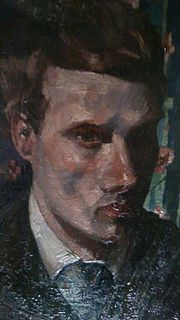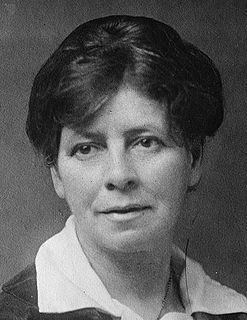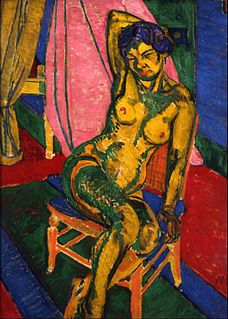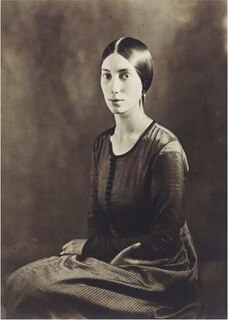Margaret Dorothy Barker | |
|---|---|
| Born | 6 June 1907 Sydenham, South London |
| Died | 2003 Sydenham, South London |
| Spouse(s) | Kenneth Pringle |
| Awards | Prix de Rome |
Margaret Dorothy Baker (6 June 1907 - 2003) was a British artist.
She was born in Sydenham, South London, on 6 June 1907. She was awarded a scholarship in 1925 to Royal College of Art where she was under the tutelage of William Rothenstein and Randolph Schwabe. In school she submitted her work to the New English Art Club for the Prix de Rome. After school, 1929, she taught art at girls schools near Birmingham until she married Kenneth Pringle, a dental surgeon, in 1938. They lived in central London until the blitz. Margaret and her son escaped to the Devon Coast from the bombing to return after the war. Barker mostly produced landscapes but also painted friends and imaginative portraits. After their son died in the 1960s Barker and her husband moved to North Kent where Margaret's painting trailed off only producing a few watercolor landscapes. Kenneth Pringle died March 1983 returning Margaret to Sydenham. [1]

Sydenham is a district of south-east London, England, within the London Boroughs of Lewisham, Bromley and Southwark. Prior to the creation of the County of London in 1889, Sydenham was located in Kent, bordering Surrey. Historically, the area was very affluent, with the Crystal Palace being relocated to Sydenham Hill in 1854. Today Sydenham is a diverse area, with a population of 28,378 and borders Forest Hill, Dulwich, Crystal Palace, Penge, Beckenham, Catford and Bellingham.

The Royal College of Art (RCA) is a public research university in London, United Kingdom, with campuses in South Kensington, Battersea and White City. The only entirely postgraduate art and design university in the world, it offers postgraduate degrees in art and design to students from over 60 countries. As of 2019, the RCA has placed first in the QS World University Rankings in the Art and Design subject area for five consecutive years, since the introduction of subject area rankings in 2014.

Sir William Rothenstein was an English painter, printmaker, draughtsman, lecturer, and writer on art. Emerging during the early 1890s, Rothenstein continued to make art right up until his death in the mid-1940s. Though he covered many subjects – ranging from landscapes in France to representations of Jewish synagogues in London – he is perhaps best known for his work as a war artist in both world wars, his portraits, and his popular memoirs, written in the 1930s. More than two hundred of Rothenstein's portraits of famous people can be found in the National Portrait Gallery collection. The Tate Gallery also holds a large collection of his paintings, prints and drawings. Rothenstein served as Principal at the Royal College of Art from 1920 to 1935. He was knighted in 1931 for his services to art. In March 2015 'From Bradford to Benares: the Art of Sir William Rothenstein', the first major exhibition of Rothenstein's work for over forty years, opened at Bradford's Cartwright Hall Gallery, touring to the Ben Uri in London later that year.
Her work is in the permanent collection of the Tate Gallery. [1]











